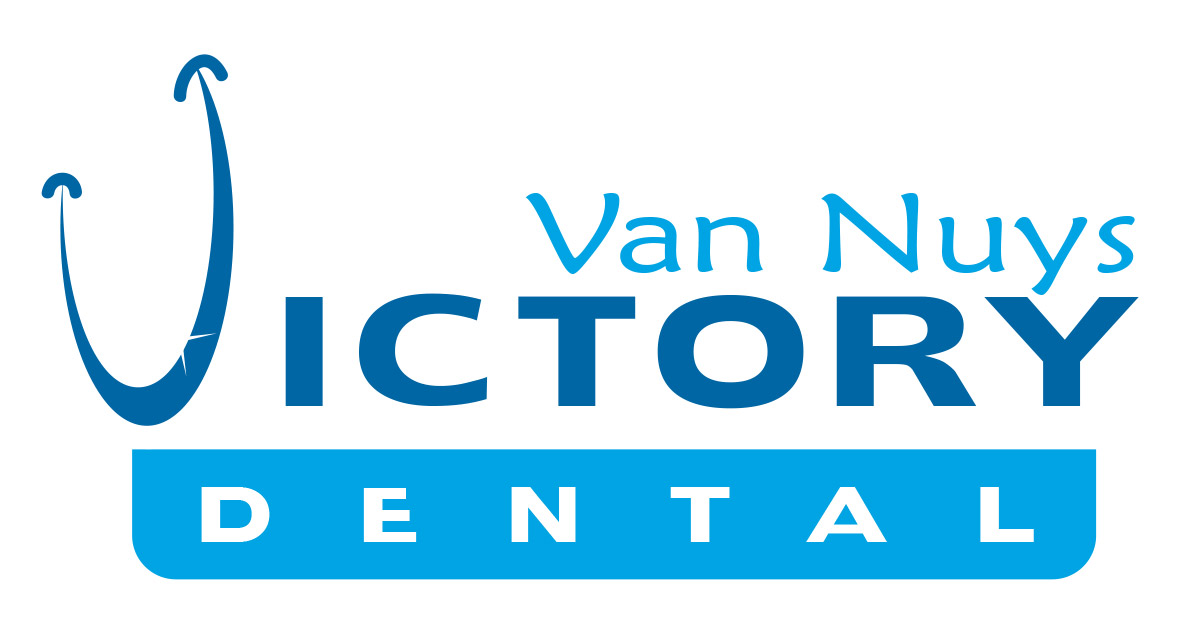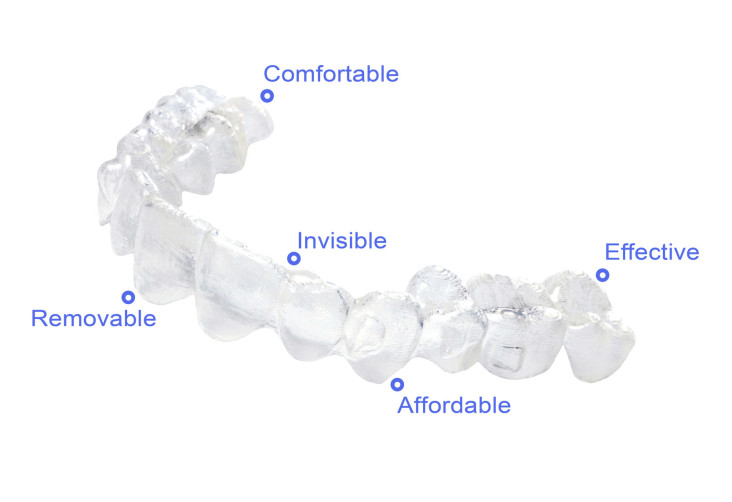Braces or Invisalign: Which is Better?
Our society has led us down the road of wanting three things out of everything: quicker, cheaper and prettier. This includes their dental options. Included in these dental options are traditional braces and the new clear retainer tooth movement systems, such as Invisalign. So, let’s take a look at both of these in a little bit more detail.
As far as the quickest option, this really has to do with case selection. Invisalign will seem to have you in their system for a lesser amount of time; however, this is usually due to the fact that the cases for clear retainer orthodontic systems are less difficult.
If teeth are moved with traditional braces with a similar level of difficulty, the total treatment time will be about the same. The difference is this, when there is a time for a change in your braces with traditional braces, you must visit your orthodontist. With Invisalign, incremental changes are already planned. You will be told by your dentist when to change to the next retainer with no return visit to start the next step.
You will have to plan incremental visits to have your Invisalign checked, but the flow of your treatment does not have to cease at any point. To reiterate, this is not the case with traditional braces; therefore, traditional braces may have a reduced rate of treatment. One may ask, why still use traditional braces, still?
Clear retainer systems such as Invisalign are excellent for less difficult cases. Traditional braces are the treatment of choice for more difficult cases. They allow for a more hands-on approach to treat very intricate and difficult cases. With challenging cases, on occasion, individual teeth will have to be moved with no other forces on any other teeth. This is difficult to do with Invisalign.
Also, it is more difficult to get the roots in the proper alignment, or to “finish” the case with Invisalign. This is because there is less torque that can be applied to the crown of the tooth without applying torque to adjacent teeth. This torque is what is used to move the tooth root. This is where a comprehensive evaluation by your dentist or orthodontist is imperative.
To address the next order of business, we will think of the old adage: “time is money.” That pretty much sums up the whole question of which of the two is less expensive. The more “dental time” that is used, the more it is going to cost.
With that being said, we already know that Invisalign is already using patients that are less difficult, so therefore, more likely easier to treatment plan. This will take less time. There will be less visits to change wire and make adjustments. This, also, will take less time. Overall, a clear retainer system will be less expensive. This is most likely due to the difficulty of the case being treated not, however, the actual treatment.
To address the final issue, we must first look at what most people consider pretty. This is usually tooth colored. So, before you can ask for any “pretty” options for braces, you must first be happy with your own teeth. If you are, then you can proceed down the path of “pretty braces”. Obviously, clear retainer systems like Invisalign will be the best option for esthetics. You can even take them out, if and when it is necessary.
Don’t rule out traditional braces just quite yet. There are many treatment options in traditional braces that are very much esthetic. These would include lingual braces and ceramic-bonded brackets. This is very important due to the fact that not all cases can be treated with Invisalign due to their complexity.
With all of this being said, we must remember, have many tools in your toolbox. Please, use all of the tools in your toolbox, as well, don’t let them rust. If you only have a hammer, all of the world is a nail. There is a newer treatment on the scene. It is of somewhat limited capabilities, but it is a spectacular treatment. Just don’t forget about the original. It still has a time and a place to be used.

